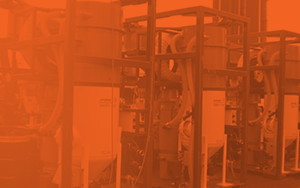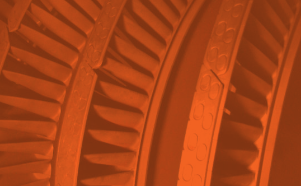Along the Balearic Sea on the coast of mainland Spain sits Marina Barcelona, a well-known Marina within the yachting community. Within this Marina sat a €30 Million (40 Million USD) Superyacht in need of surface preparation on its hull. Yacht hulls define its speed, strength, and stability, so when hull coatings fail, the overall integrity of the ship becomes compromised, directly impacting the yacht’s performance and fuel efficiency.
In this case, when the Superyacht was originally coated, there was an adhesion problem between the resin layer of the coating and the steel substrate, which caused early coatings failures on the ship's hull. The whole coating system needed to be removed, profiled, and re-coated.
With the specifications calling for a Near White Blast Cleaning (NACE 2/SP-10), the removal of all paint, coatings, dust, and mill scale from the surface was necessary. The coating to be removed was about 4 cm (1.57in) thick and consisted of a clear coat, top coat, base coat, resin layer, and primer.
There were many factors taken into consideration when choosing the removal method for this project. Surrounded by businesses, residential structures, and other multi-million dollar superyachts, the removal process needed to be safe for nearby pedestrians and not cause any damage to surrounding structures or yachts. Further, there were strictly enforced local and European environmental and safety laws that had to be followed throughout the duration of the project.
The first coating removal method that was considered for this job was high pressure water. However, it was unable to fully remove the coating system and could not achieve the specified profile. Also considered was hand grinding, but this labor intensive method is known for extremely slow production rates and scratched the surface without doing any profiling.
When abrasive blasting was considered, conventional abrasives were the original choice. However, during testing, concerns quickly arose about dust and the potential for damage to windows, fixtures, and sensitive electronics.
Finally, the contractors chose to use Sponge-Jet Blasting as their removal method. It was selected due to its low-dust, low ricochet, and recyclable capabilities. By Sponge Blasting, they were able to profile the steel surface to its specified profile, abide by local and European environmental laws, and blast near sensitive structures and nearby pedestrians without safety concerns.
Using Silver 60 Sponge Media, the contractors were able to remove the five component system and profile the steel in just one step, removing 3,500kgs (7,715lbs) of coating. This was accomplished with no damage to the million-dollar windows of the Superyacht, and no damage or cleaning needed to any nearby yachts in the marina.









